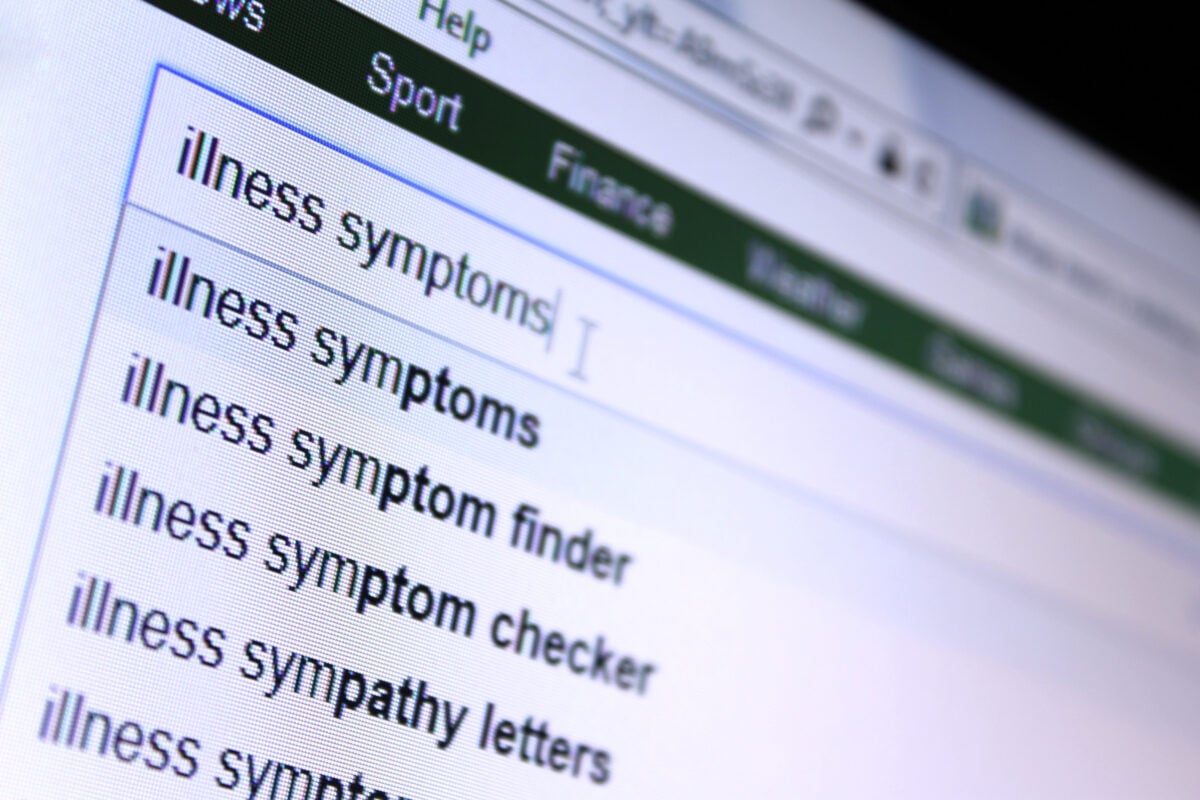Shaped by the changes brought about because of the COVID-19 pandemic, today’s healthcare marketplace demands that organizations prioritize providing an optimal patient experience at every touchpoint, from online search, digital outreach and engagement, to in-person visits and every step in between.
It is fair to say the COVID-19 pandemic tested healthcare beyond imaginable measures. As the virus spread, providers were forced to find new ways to communicate with patients and staff, relying on new technology to reach, diagnose and, in some cases, care for the sick. The acceleration of digital communications during the pandemic not only changed the way consumers receive healthcare, it expanded their digital expectations across their entire healthcare journey.
Healthcare consumers embrace digital touchpoints
Telemedicine utilization surged in 2020 as consumers sought alternatives to face-to-face appointments. The COVID-19 pandemic forced rapid implementation of telemedicine into everyday practice. What once seemed a futuristic goal became reality, seemingly overnight. Patients who never imagined video conferencing with a nurse or physician found themselves using their smartphones and laptop cameras to talk through their symptoms in search of a diagnosis. A recent study by Deloitte found the percentage of consumers using virtual visits increased from 15% to 19% from 2019 to the beginning of 2020, and then jumped to 28% in April 2020.
The pandemic reshaped consumers’ expectations for convenience. From scheduling appointments online to direct messaging providers to paying medical bills on their smartphones, consumers now more than ever expect digital options and communications at every touchpoint.
So, what does all this mean for healthcare marketers?
According to McKinsey, marketers have a “critical role to play as companies shape their response” to this “generation-demanding event that will influence how consumers behave for years to come.” Long gone are the days when patients visited the same doctor over and over out of loyalty. Patients demand access and great service both online and in-person, and they are willing to switch providers and platforms to secure it.
In a nutshell, healthcare marketing must evolve to become even more focused on providing a consistent, convenient experience. As consumers become more empowered to make choices around how, when and where they receive care, providing a seamless brand experience has never been more critical. Consumers want easy, convenient digital interactions that enhance their desire to be in control.
A well-defined patient journey map can provide the necessary guide for ensuring your brand experience is delivering consistently at every step. It can also expose gaps and opportunities for improvement in patient communications and interactions.
At JPL Health, we use data, research and our well-informed strategic process, including journey maps, to build brands that resonate across the entire healthcare experience and set the stage for integrated communications plans that drive results.
During these ever-evolving times, the future of healthcare may seem uncertain, but one thing is clear: Healthcare consumers are in control. And healthcare organizations that meet consumer expectations for positive digital communications and interactions will be the ones positioned best for future growth.
Are you interested in hearing more about JPL Health? Drop us a note at [email protected].
Resources:
https://www.healthcarestrategy.com/blog/6-strategies-healthcare-marketing-post-covid/
https://www2.deloitte.com/us/en/insights/industry/health-care/consumer-health-trends.html





